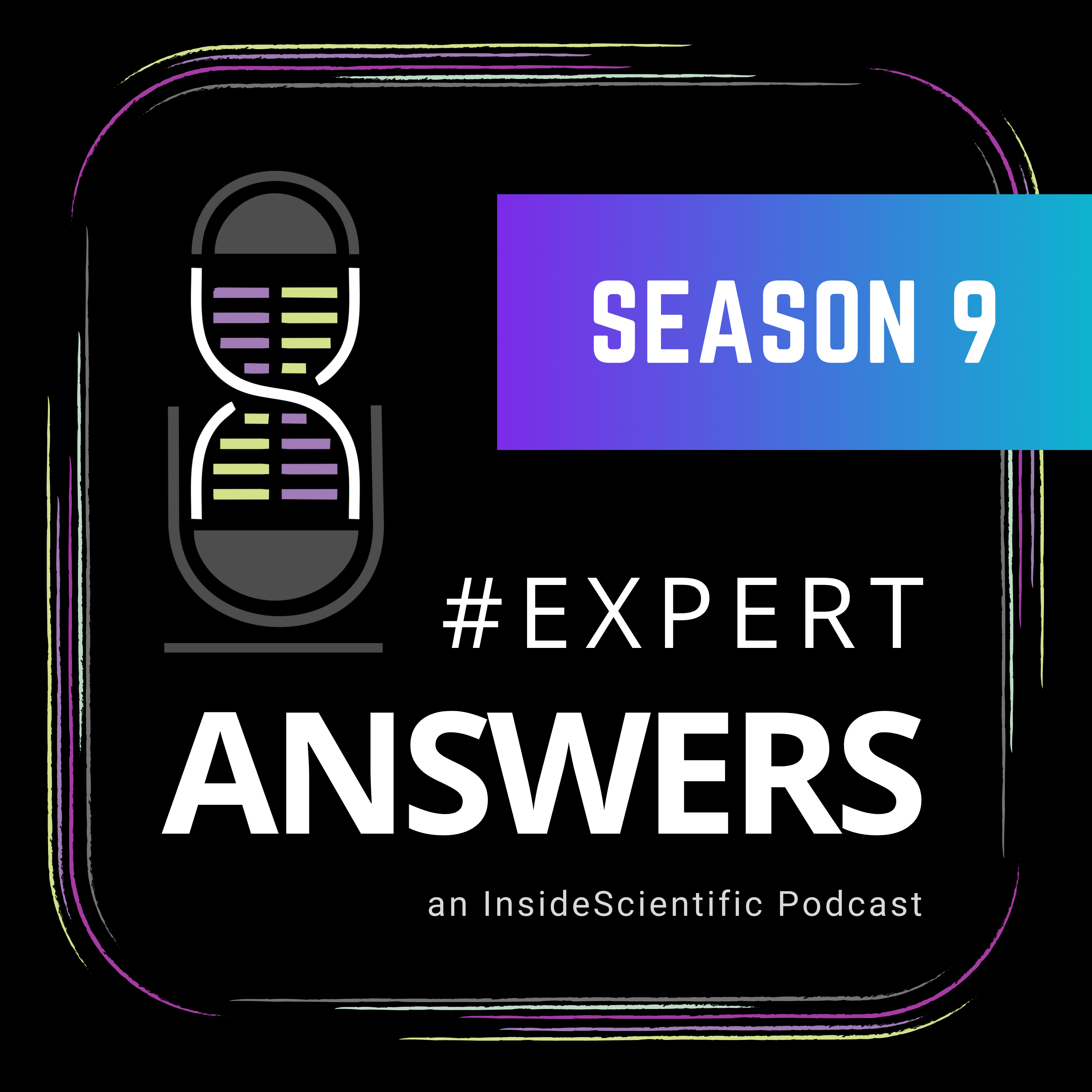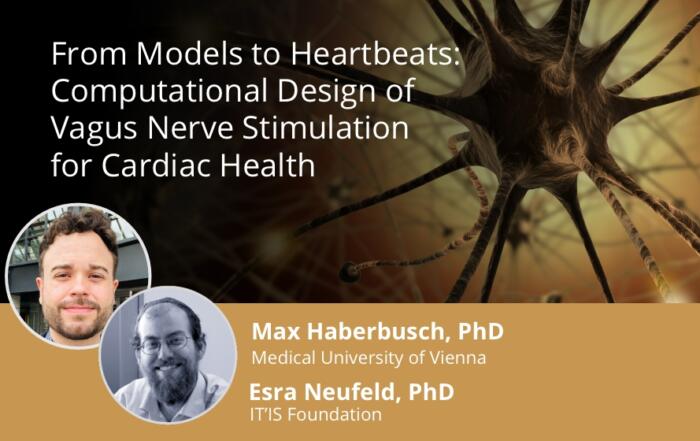In this webinar, Joe Soughayer, PhD, provides an in-depth overview of excitation-contraction (E-C) coupling in cardiomyocytes (CMs) as well as technologies for characterizing this process, while Adam Veteto, PhD, highlights three case studies in which IonOptix systems were applied for calcium and contractility measurements.
Highlights
- A brief history of IonOptix
- Mechanisms involved in E-C coupling
- Overview of IonOptix systems for characterizing E-C coupling
- Case studies that highlight applications of IonOptix technologies
Webinar Summary
Dr. Soughayer begins this webinar with a brief history of IonOptix, and also explains the principal steps of E-C coupling, the process by which CMs translate electrical signals into mechanical action. In this process, membrane depolarization opens L-type calcium channels, allowing extracellular calcium to enter the myocyte and bind to ryanodine receptors, releasing calcium from the sarcoplasmic reticulum. Troponin C binds to calcium, which allows for actin and myosin to cross-bridge, sarcomeres to shorten, and the CM to contract. Calcium reuptake and extrusion through the membrane lowers cytosolic calcium, and the myocyte relaxes.
“From this, there are three observable and measurable phenomena: membrane potential, intracellular free calcium levels, and shortening/relaxation. The goal is to measure these under normal conditions, then look again under some perturbation, whether that be a pharmacologic intervention, a genetic manipulation, injury, or some other change.”
Next, Dr. Soughayer highlights how these phenomena can be measured using technology from IonOptix. CytoMotion was developed to measure amorphous cells like induced pluripotent stem cells (iPSCs). Since iPSC CMs have less organized sarcomeres than adult CMs, they tend to contract along unpredictable axes, and so the detection method cannot rely on specific shapes or markers. Instead, CytoMotion monitors changes in contrast in every pixel on a pixel-by-pixel basis. This technology is suitable for relativistic measurements, but should not be used as an absolute measure of how much the CM shortens.
Cell length software captures contrast at cell edges and is intended to be used with adult CMs. Unlike CytoMotion, the bright or dark edge of the CM is monitored as it contracts. These measurements can be difficult to obtain, as any significant change to the cell’s orientation or position will foul the results. However, since the y-axis is simply the cell’s length, an absolute measurement can be obtained. Sarcomere length software is similar to CytoMotion in that it captures a region of interest rather than a single line, but it is able to provide an absolute measurement. However, like cell length, this software can only be used on CMs with organized and well-resolved sarcomeres like adult CMs.
“Every isolated myocyte is a different length, so that cell length is largely irrelevant by itself. Sarcomere length, on the other hand, is much more consistent in unloaded … myocytes; it provides value by itself because an unusually short sarcomere length could be indicative of poor myocyte health. Isolating myocytes can leave some … with compromised membranes, and if calcium is continually leaking in through a porous membrane, the myocyte’s resting sarcomere length will be low.”
IonOptix relies on fluorescent calcium indicators for calcium measurements, and most applications are best served by Fura-2, a ratiometric, quantitative indicator. Fura-2’s affinity is well-suited to calcium concentrations within CMs, and its kinetics are fast enough to resolve calcium release and reuptake. Furthermore, Fura-2 will control for photobleaching and dye extrusion. Some dyes, such as Fluo-4, are intensiometric rather than ratiometric, meaning they get brighter or dimmer when bound to calcium. Although these dyes are not quantitative, they are often faster or brighter than Fura-2, which may benefit other applications. Potentiometric dyes like FluoVolt are also available to measure membrane depolarization.
“So we’ve discussed what we measure and how we measure it. … I’d like to quickly run through the systems we offer and why. I’m pulling back the curtain a little bit on what we think about before bringing products to market.”
The first consideration for bringing products to market is functionality, and the next is identifying the target market. Systems that are tailored to individual academic laboratories are priced differently from those that target pharmaceutical companies, since funding is often limited. IonOptix produces systems with modular components, meaning laboratories can reuse existing components or buy systems in phases. CytoMotion Lite is a basic system for contractility data acquisition of spontaneously-beating CMs consisting of a camera, laptop, and software; additional components can be added if fluorescence measurements are required. MultiCell Lite is ideal for when data throughput is low but affordability is an issue, while the advanced MultiCell system provides a high-speed, temperature-controlled microscope for fast data collection.
For the second half of this webinar, Dr. Veteto provides an overview of three applications of IonOptix technologies, including investigating novel animal models, characterizing novel drugs, and assaying cultured cell models. In the first application, intracellular calcium and contractility modules (i.e., Fura-2 and sarcomere length) were used to functionally characterize a novel porcine model of heart failure with preserved ejection fraction (HFpEF) with metabolic involvement; female Ossabaw swine were fed a Western diet and underwent aortic banding (WD-AB) to mimic this disease. Dr. Veteto worked with a team of scientists at the University of Missouri to help characterize the myocardium’s contribution to diastolic dysfunction in HFpEF.
The team hypothesized that there was a baseline activation of the sympathetic system that was phosphorylating E-C coupling protein targets before they were exposed to any sympathetic activator exogenously, and sought to reveal fundamental deficiencies in the model by stressing them further with a β-adrenergic mimetic. Systolic calcium and shortening kinetics were faster under baseline pacing conditions in WD-AB CMs compared to controls, but were attenuated in response to the β1 agonist dobutamine. However, diastolic calcium reuptake and relaxation rate kinetics were impaired in WD-AB CMs, which was part of the manifestation of the diastolic dysfunction that was expected in a model of HFpEF.
“Using the IonOptix standard throughput calcium and contractility acquisition system, [we] were able to characterize this attenuated functional kinetic reserve and … diastolic response of WD-AB … cardiomyocytes. Because we could quantify aberrations in cardiac contractility and calcium handling, we were able to make … specific claims about the direct contribution of the myocardium to whole organ functional changes owing to HFpEF. … This represents a powerful investigative tool for elucidating mechanisms in disease and fundamental physiology.”
Building on this study, Dr. Veteto and coworkers next characterized a novel treatment for HFpEF, a myosin II ATP-ase inhibitor, that is designed to reduce contractility without modulating intracellular calcium. Across all doses, no effect was observed in calcium amplitude, but a significant attenuation was seen in shortening amplitude even at a low 300 nM dose. Notably, a MultiCell Lite system was used, allowing for much higher data throughput compared to the previous study.
The final application highlights the use of CytoMotion by scientists at Vrije Universiteit Amsterdam, who wanted to quantify how different culture media could influence the maturation and viability of cultured iPSC models. Cell beat frequency was assessed in response to β-adrenergic stimulation with isoproterenol in two culture media: a commercially-available RPMI medium, and a maturation medium with components that could help the iPSC monolayers more accurately reflect what would be observed in a primary cell model. No difference was observed between pre- and post-isoproterenol treatment in RPMI medium, but a significant increase in beat frequency was found post-treatment in the maturation medium. Importantly, CytoMotion provided these scientists with mark-and-find functionality, which allowed them to plot the spatial coordinates of each area of interest and perform measurements at the same area at different times.
In summary, IonOptix offers technology to characterize contractility with various purpose-built software algorithms like CytoMotion and sarcomere length, as well as fast, sensitive hardware components. Furthermore, systems can be configured using various components to provide the right solution based on cost and functionality.
Resources
Q&A
- Do you have other examples of cells whose contractility could be measured with CytoMotion?
- What are the recommended Fura-2 concentrations and load times to minimize myocyte contractility diminutions?
- Is there any possibility that dyes like Fura-2 influence sarcomere length contractility?
- Is it possible to use the calcium and contractility system in heart slices?
- In the myosin II ATP-ase inhibitor dose response, why do you have different numbers of cells in different doses?
- Could manually adjusting basal recording levels in the calcium and contractility system result in artifacts in the measurements?
- Did you have any success in measuring calcium in differentiated iPSCs?
To retrieve a PDF copy of the presentation, click on the link below the slide player. From this page, click on the “Download” link to retrieve the file.
Presenters
Manager of Business Development
IonOptix
Applications Scientist/Visiting Scientist
Medical Pharmacology and Physiology
IonOptix/University of Missouri










